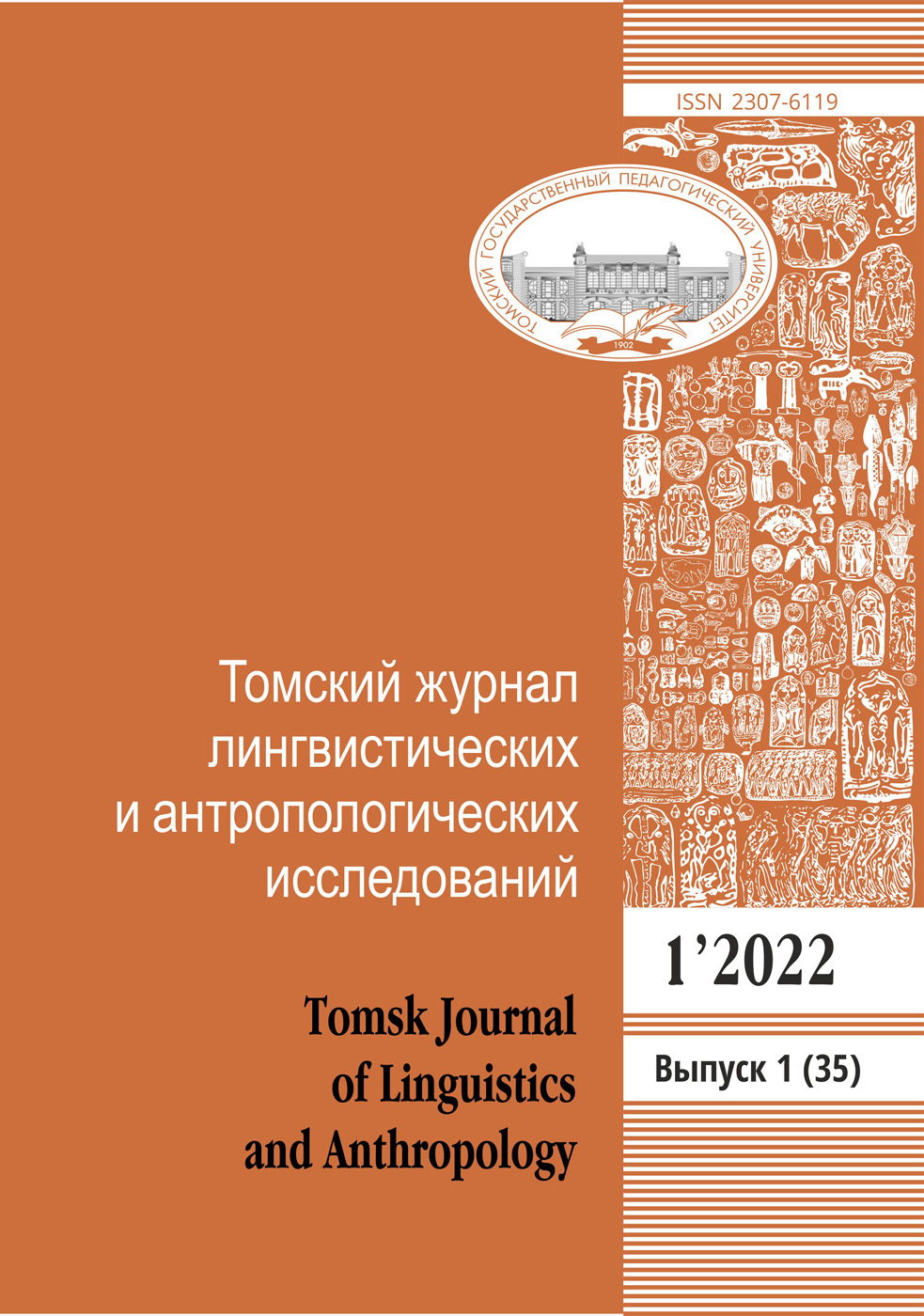Search
| # | Search | Downloads | ||||
|---|---|---|---|---|---|---|
| 1 | The paper presents an attempt of classifying zoomorphic metaphors of the Chinese language, which serve as a means of person’s qualitatively-evaluative characteristics. The suggested classification of the scrutinized units, selected from lexicographic sources, has been worked out on the basis of revealing the semantic-thematic similarity of the tenors in zoomorphic metaphors. Some peculiarities of zoomorphic evaluations in the Chinese language are also discussed. Keywords: zoomorphic metaphor, Chinese language, zoomorphism, classification of zoomorphisms, axiological aspect | 1517 | ||||
| 2 | The article is devoted to the study of the cognitive foundations of the Chinese phytonymic vocabulary metaphorical meanings formation. This layer of lexical units, fixing the most important areas of non-linguistic reality for native speakers, has a high degree of relevance for the Chinese national linguistic consciousness, which provides wide opportunities for its metaphorical reinterpretation. Secondary figurative nominations arising as a result of this process play an important role in the conceptualization of the world, acting as one of the main means of implementing the phytomorphic code of culture. The purpose of this work is a linguocognitive description of the Chinese figurative vocabulary, motivated by the names of objects and phenomena of the plant world, and the identification of a fragment of the Chinese language picture of the world, which is imprinted in it. The research material was the data of explanatory and phraseological dictionaries, as well as the contexts of the use of phytomorphic nominations extracted from the national corpus of the Chinese language. The study of the factual material was carried out using the method of component and contextual analysis, elements of linguocognitive modeling, as well as the method of linguocultural commentary. As a result of the analysis, the denotations of the Chinese phytonymic figurative nominations were determined, as well as the system of bases for metaphorical assimilation and schemes of prototypical metaphorical transfers from the source sphere of “Plants” involved in the conceptualization of other conceptual areas were revealed. The study showed that the names of plant objects are used for metaphorical interpretation of phenomena in such spheres of reality as “Man”, “Natural World”, “Abstract world” and “Society”. At the same time, the majority of plant metaphors (68.7%) in Chinese belong to the anthroposphere, among which prevail the nominations of the characteristics of appearance and moral qualities of a person. The formation of figurative meanings of phytonymic units included in the above-mentioned conceptual spheres is carried out according to certain metaphorical models characterized by a common basis of figurative analogy. It was also determined that various properties of objects of the plant world (such as shape, size, color, features of structure and consistency, stage of development, taste, general assessment of appearance, reaction to environmental factors, prevalence, nutritional and aesthetic value) can act as such common bases of figurative analogy. Their identification and consistent description made it possible to reconstruct to a certain extent the corresponding fragment of the Chinese language picture of the world. Keywords: plant metaphor, metaphorical model, phytonymic vocabulary, phytomorphism, linguistic picture of the world | 621 | ||||





